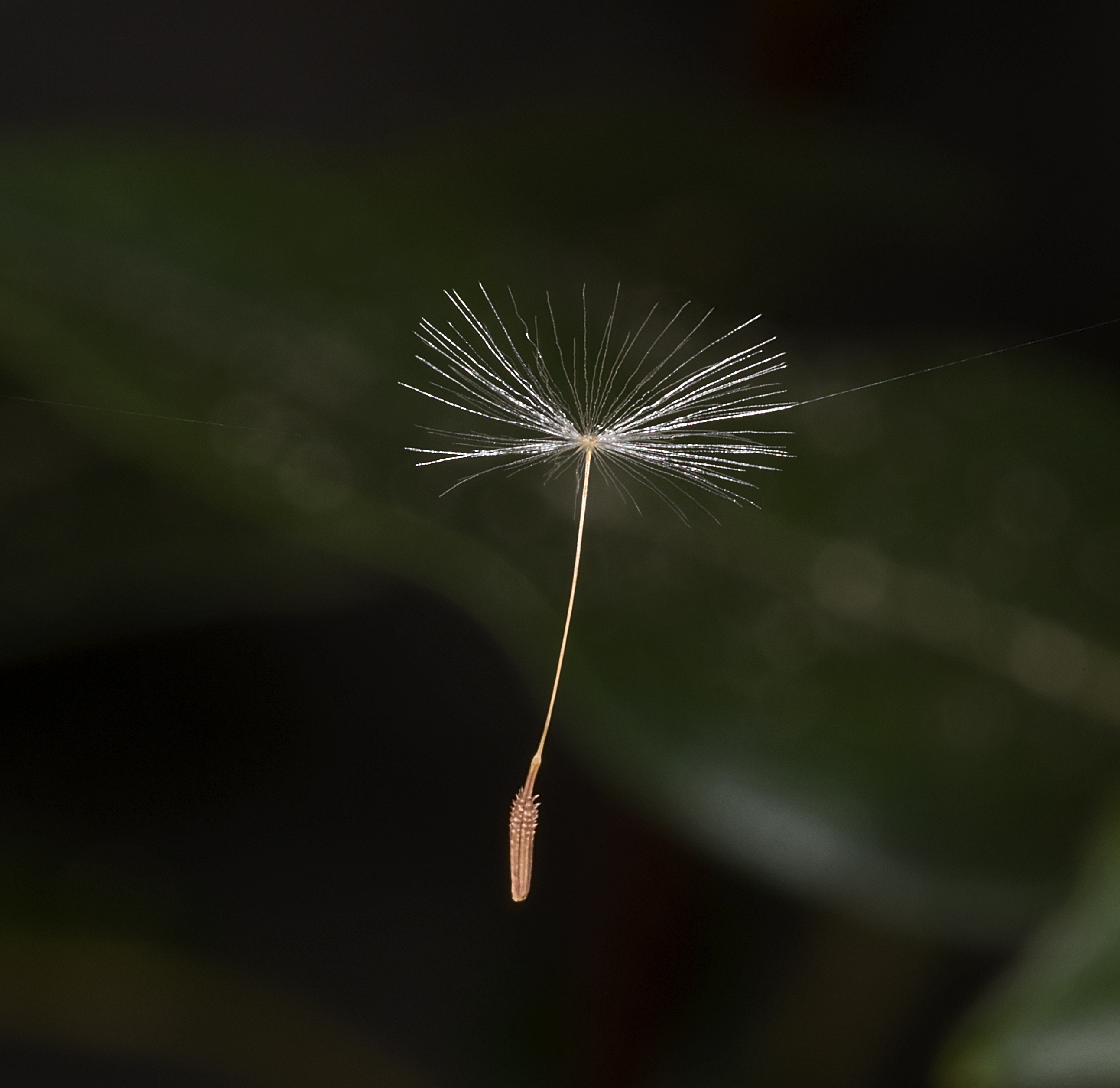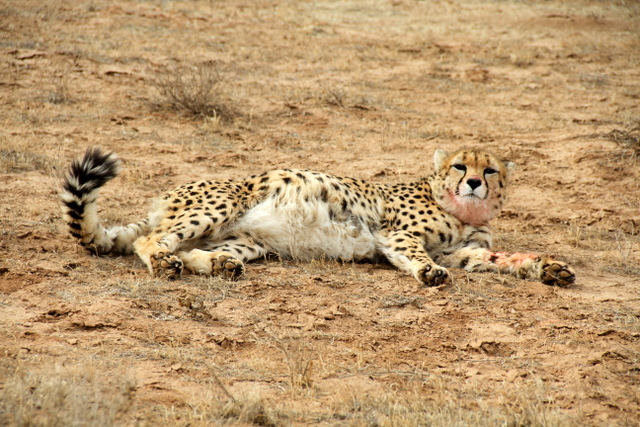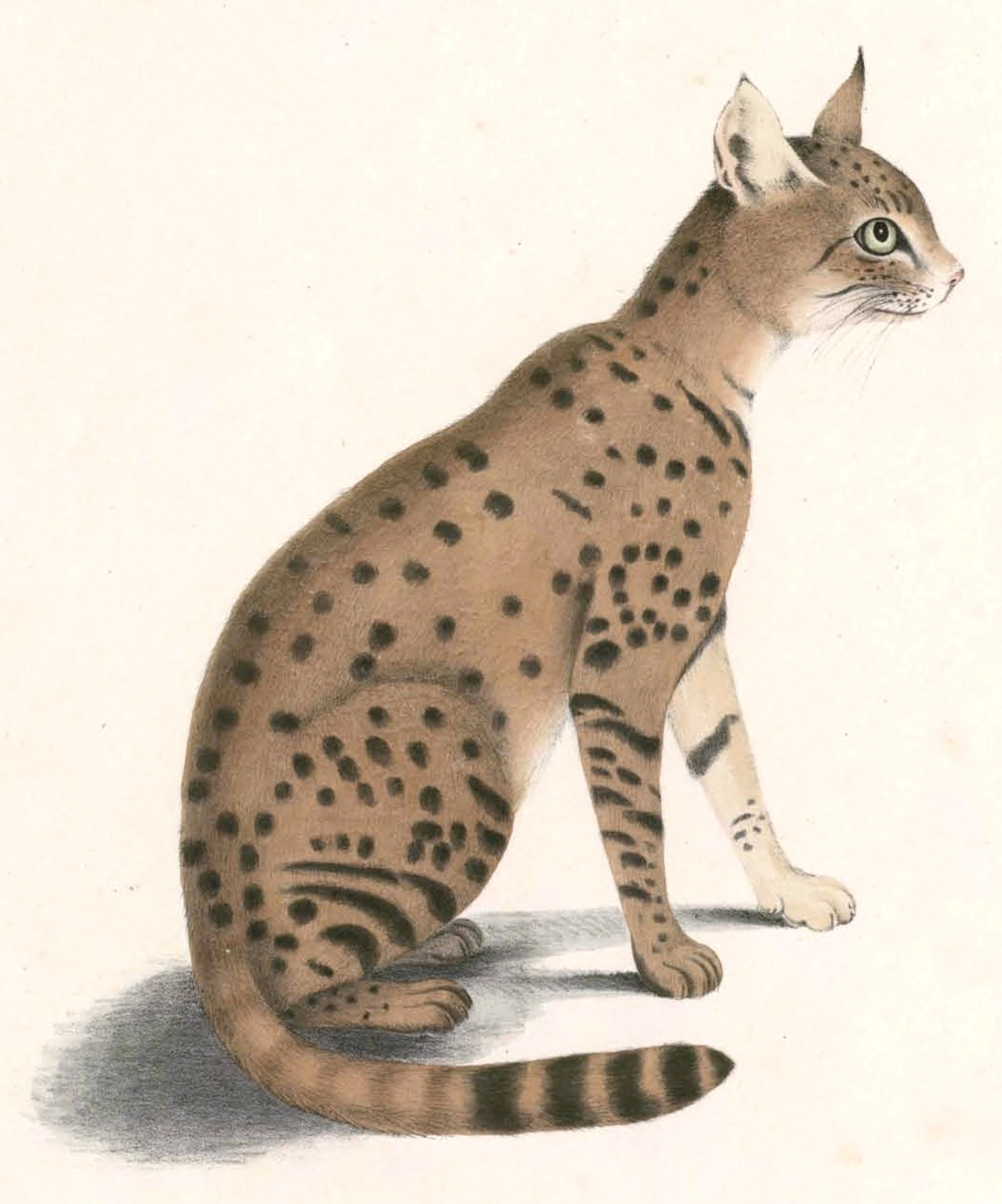|
Badhyz State Nature Reserve
The Badhyz State Nature Reserve () is a Protected areas of Turkmenistan, protected area (zapovednik) in south-western Turkmenistan that was established in 1941 and extends over in the Mary Province, Mary and Ahal Province, Akhal Provinces. It is located south of the Karakum Desert, and the Tejen River forms its western border.Kaczensky, P. and Linnell, J. D. C. (2014). Rapid assessment of the mammalian community of the Badhyz Ecosystem, Turkmenistan, October 2014. NINA Report 1148. Trondheim: Norwegian Institute for Nature Research. Its landscape comprises solitary or groups of foothills, ranging in height from 20 to 200 m. The average annual precipitation of the reserve is about 280 mm, with a maximum of 420 mm and a minimum of 130 mm. Its short spring is followed by a long hot summer with 4–5 months of hot weather and little cooling winds. It also incorporates three wildlife sanctuaries (zakaznik), which were established in 1956: * Çemenebit Sanctuary * Gyzyl ... [...More Info...] [...Related Items...] OR: [Wikipedia] [Google] [Baidu] |
Mary Province
Mary Region () is one of five regions of Turkmenistan, provinces in Turkmenistan. It is located in the south-east of the country, bordering Afghanistan. Its capital is the city of Mary, Turkmenistan, Mary. Its area is and population 1,613,386 (2022 census).''Statistical Yearbook of Turkmenistan 2000–2004'', National Institute of State Statistics and Information of Turkmenistan, Ashgabat, 2005. The average population density is about 15 persons per square kilometer, but it reaches 150–200 per square kilometer in the most developed oases. In 2000, Mary Region accounted for 23% of Turkmenistan's population, 19% of the total number of employed, 26% of agricultural production (by value), and 21% of the country's total industrial production. The region's industries include natural gas extraction (the Galkynysh Gas Field), electric power generation, textiles, carpet weaving, chemical and food industry. In 2001 it accounted for 74% of Turkmenistan's electricity generation 26% of natu ... [...More Info...] [...Related Items...] OR: [Wikipedia] [Google] [Baidu] |
Urial
The urial ( ; ''Ovis vignei''), also known as arkars, shapo, or shapu, is a wild sheep native to Central and South Asia. It is listed as Vulnerable on the IUCN Red List. Taxonomy ''Ovis vignei'' was the scientific name proposed by Edward Blyth in 1841 for wild sheep in the Sulaiman Mountains. The specific name honours Godfrey Vigne (1801–1863). The ''vignei'' subspecies group consists of six individual subspecies: * Ladakh urial (''Ovis vignei vignei''): India (Ladakh and Kashmir), northern Pakistan * Transcaspian urial (''Ovis vignei arkal''): Ustjurt-Plateau (Turkmenistan, Uzbekistan, northern Iran) and western Kazakhstan *Blanford's urial or Baluchistan urial (''Ovis vignei blanfordi''): Pakistan (Balochistan) *Bukhara urial (''Ovis vignei bochariensis''): Uzbekistan, Tajikistan, Turkmenistan, Afghanistan *Afghan urial or Turkmenian sheep ('' Ovis vignei cycloceros''): southern Turkmenistan, eastern Iran, Afghanistan, Pakistan (north Balochistan) *Punjab urial (''Ovi ... [...More Info...] [...Related Items...] OR: [Wikipedia] [Google] [Baidu] |
Nature Reserves In Turkmenistan
Nature is an inherent character or constitution, particularly of the ecosphere or the universe as a whole. In this general sense nature refers to the laws, elements and phenomena of the physical world, including life. Although humans are part of nature, human activity or humans as a whole are often described as at times at odds, or outright separate and even superior to nature. During the advent of modern scientific method in the last several centuries, nature became the passive reality, organized and moved by divine laws. With the Industrial Revolution, nature increasingly became seen as the part of reality deprived from intentional intervention: it was hence considered as sacred by some traditions (Rousseau, American transcendentalism) or a mere decorum for divine providence or human history (Hegel, Marx). However, a vitalist vision of nature, closer to the pre-Socratic one, got reborn at the same time, especially after Charles Darwin. Within the various uses of the word t ... [...More Info...] [...Related Items...] OR: [Wikipedia] [Google] [Baidu] |
Biological Dispersal
Biological dispersal refers to both the movement of individuals (animals, plants, fungi, bacteria, etc.) from their birth site to their breeding site ('natal dispersal') and the movement from one breeding site to another ('breeding dispersal'). Dispersal is also used to describe the movement of propagules such as seeds and spores. Technically, dispersal is defined as any movement that has the potential to lead to gene flow. The act of dispersal involves three phases: departure, transfer, and settlement. There are different fitness costs and benefits associated with each of these phases. Through simply moving from one habitat Landscape ecology#Patch and mosaic, patch to another, the dispersal of an individual has consequences not only for individual fitness (biology), fitness, but also for population dynamics, population genetics, and species distribution. Understanding dispersal and the consequences, both for evolutionary strategies at a species level and for processes at an e ... [...More Info...] [...Related Items...] OR: [Wikipedia] [Google] [Baidu] |
Asiatic Cheetah
The Asiatic cheetah (''Acinonyx jubatus venaticus'') is a critically endangered cheetah subspecies currently only surviving in Iran. Its range once spread from the Arabian Peninsula and the Near East to the Caspian region, Transcaucasus, Kyzylkum Desert and northern South Asia, but was extirpated in these regions during the 20th century. The Asiatic cheetah diverged from the cheetah population in Africa between 32,000 and 67,000 years ago. The Asiatic cheetah survives in protected areas in the eastern-central arid region of Iran, where the human population density is very low. Between December 2011 and November 2013, 84 individuals were sighted in 14 different protected areas, and 82 individuals were identified from camera trap photographs. In December 2017, fewer than 50 individuals were thought to be remaining in three subpopulations that are scattered over in Iran's central plateau. As of April 2024, five Asiatic cheetahs reside in a breeding facility in the country. Ta ... [...More Info...] [...Related Items...] OR: [Wikipedia] [Google] [Baidu] |
Asiatic Wildcat
The Asiatic wildcat (''Felis lybica ornata''), also known as the Indian desert cat, is an African wildcat subspecies that occurs from the eastern Caspian Sea north to Kazakhstan, into western India, western China and southern Mongolia. There is no information on current status or population numbers across the Asiatic wildcat's range as a whole, but populations are thought to be declining. Taxonomy ''Felis ornata'' was the scientific name used by John Edward Gray in the early 1830s as a caption to an illustration of an Indian wildcat from Thomas Hardwicke's collection. In subsequent years, several naturalists described spotted wildcat zoological specimens from Asian range countries and proposed names, including the following: *''Chaus caudatus'' by Gray in 1874 was a skin and skull from the Bukhara Region in Uzbekistan. *''Felis shawiana'' by William Thomas Blanford in 1876 was a pale wildcat skin from Yarkand in Xinjiang, western China. *''Felis (Felis) kozlovi'' by Konstan ... [...More Info...] [...Related Items...] OR: [Wikipedia] [Google] [Baidu] |
Grey Wolf
The wolf (''Canis lupus''; : wolves), also known as the grey wolf or gray wolf, is a canine native to Eurasia and North America. More than thirty subspecies of ''Canis lupus'' have been recognized, including the dog and dingo, though grey wolves, as popularly understood, only comprise naturally-occurring wild subspecies. The wolf is the largest wild extant member of the family Canidae, and is further distinguished from other ''Canis'' species by its less pointed ears and muzzle, as well as a shorter torso and a longer tail. The wolf is nonetheless related closely enough to smaller ''Canis'' species, such as the coyote and the golden jackal, to produce fertile hybrids with them. The wolf's fur is usually mottled white, brown, grey, and black, although subspecies in the arctic region may be nearly all white. Of all members of the genus ''Canis'', the wolf is most specialized for cooperative game hunting as demonstrated by its physical adaptations to tackling large pr ... [...More Info...] [...Related Items...] OR: [Wikipedia] [Google] [Baidu] |
Striped Hyena
The striped hyena (''Hyaena hyaena'') is a species of hyena native to North and East Africa, the Middle East, the Caucasus, Central Asia, and the Indian subcontinent. It is the only extant species in the genus ''Hyaena''. It is listed by the IUCN as near-threatened, as the global population is estimated to be under 10,000 mature individuals which continues to experience deliberate and incidental persecution along with a decrease in its prey base such that it may come close to meeting a continuing decline of 10% over the next three generations. It is the smallest of the bone-cracking hyenas and retains many primitive viverrid-like characteristics lost in larger species, having a smaller and less specialised skull. Though primarily a scavenger, large specimens have been known to kill their own prey, and attacks on humans have occurred in rare instances. The striped hyena is a monogamous animal, with both males and females assisting one another in raising their cubs. A nocturnal ... [...More Info...] [...Related Items...] OR: [Wikipedia] [Google] [Baidu] |
Persian Leopard
''Panthera pardus tulliana'', also called Persian leopard, Anatolian leopard, and Caucasian leopard in different parts of its range, is a leopard subspecies that was first described in 1856 based on a zoological specimen found in western Anatolia. It is native to the Iranian Plateau and the surrounding region from eastern Anatolia and the Caucasus to the Hindu Kush, where it inhabits foremost subalpine meadows, temperate broadleaf and mixed forests and rugged ravines at elevations of . It preys mostly on ungulates reliant on these habitats. Today, the leopard population in this region is estimated at fewer than 1,100 adults. It is threatened by habitat fragmentation due to land use changes, poaching, loss of wild prey species and killing in retaliation for preying on livestock. It is internationally protected under CITES Appendix I and in Appendix II of the Berne Convention on the Conservation of European Wildlife and Natural Habitats. Taxonomy ''Felis tulliana'' was the s ... [...More Info...] [...Related Items...] OR: [Wikipedia] [Google] [Baidu] |
Red Fox
The red fox (''Vulpes vulpes'') is the largest of the true foxes and one of the most widely distributed members of the order Carnivora, being present across the entire Northern Hemisphere including most of North America, Europe and Asia, plus parts of North Africa. It is listed as least concern on the IUCN Red List. Its range has increased alongside human expansion, having been Foxes in Australia, introduced to Australia, where it is considered harmful to native small and medium-sized rodents and marsupials. Due to its impact on native species, it is included on the list of the "List of the world's 100 worst invasive species, world's 100 worst invasive species". The red fox originated in Eurasia during the Middle Pleistocene at least 400,000 years ago and later colonised North America sometime prior to 130,000 years ago. Among the true foxes, the red fox represents a more progressive form in the direction of Carnivore, carnivory. Apart from its large size, the red fox is distin ... [...More Info...] [...Related Items...] OR: [Wikipedia] [Google] [Baidu] |
Wild Boar
The wild boar (''Sus scrofa''), also known as the wild swine, common wild pig, Eurasian wild pig, or simply wild pig, is a Suidae, suid native to much of Eurasia and North Africa, and has been introduced to the Americas and Oceania. The species is now one of the widest-ranging mammals in the world, as well as the most widespread Suina, suiform. It has been assessed as least concern on the IUCN Red List due to its wide range, high numbers, and adaptability to a diversity of habitats. It has become an invasive species in part of its introduced range. Wild boars probably originated in Southeast Asia during the Early Pleistocene and outcompeted other suid species as they spread throughout the Old World. , up to 16 subspecies are recognized, which are divided into four regional groupings based on skull height and lacrimal bone length. The species lives in matriarchal societies consisting of interrelated females and their young (both male and female). Fully grown males are usually s ... [...More Info...] [...Related Items...] OR: [Wikipedia] [Google] [Baidu] |
Goitered Gazelle
The goitered gazelle (''Gazella subgutturosa'') or black-tailed gazelle is a gazelle native to Turkey, Georgia, Azerbaijan, Iran, parts of Iraq and Pakistan, Afghanistan, Tajikistan, Kyrgyzstan, Uzbekistan, Turkmenistan, Kazakhstan and in northwestern China and Mongolia. The specific name, meaning "full below the throat", refers to the male having an enlargement of the neck and throat during the mating season. Distribution and habitat The goitered gazelle inhabits sands and gravel plains and limestone plateau. Large herds were also present in the Near East. Some 6,000 years ago, they were captured and killed with the help of desert kites. Rock art found in Jordan suggests that it was slaughtered ritually. Behaviour and ecology Its mating behaviour is polygynous and usually occurs in the early winter. It runs at high speed, without the leaping, bounding gait seen in other gazelle species. Throughout much of its range, the goitered gazelle migrates seasonally. Herds cov ... [...More Info...] [...Related Items...] OR: [Wikipedia] [Google] [Baidu] |








